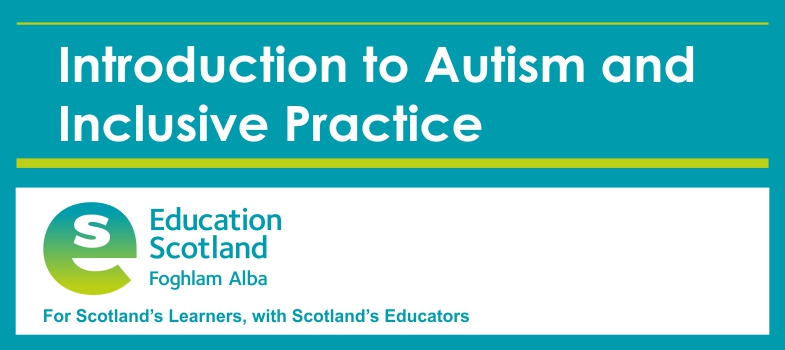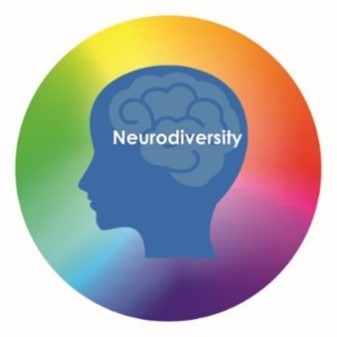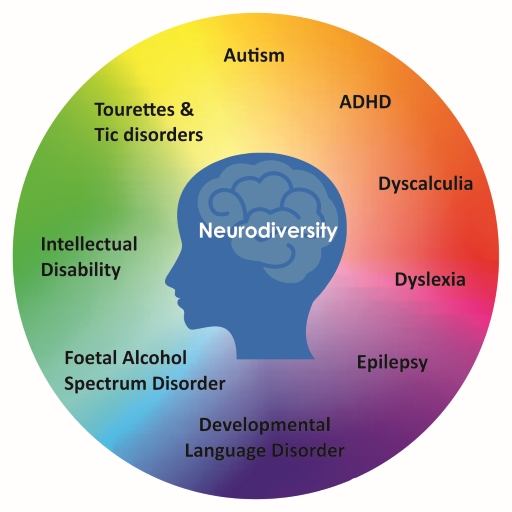1.2 Neurodiversity
Neurodiversity is a relatively new term, thought to have been coined in the 1990s by Judy Singer (an autistic individual, parent of an autistic child and Sociologist). It was originally used by the autistic community who were keen to move away from the medical model and dispel the belief that autism is something to be treated and cured rather than an important and valuable part of human diversity.
The idea of neurodiversity has now been embraced by many other groups, who are using the term as a means of empowerment and to promote the positive qualities possessed by those with a neurodevelopmental difference. It encourages people to view neurodevelopmental differences such as autism, dyslexia and dyspraxia as natural and normal variations of the human genome. Furthermore, it encourages them to reject the culturally entrenched negativity that has typically surrounded those that live, learn and experience the world in a particular way that is sometimes perceived as different.
The whole of society is neurodiverse. Diversity is the trait of a whole group not of an individual. It is estimated that around 1 in 7 people (more than 15% of people in the UK) have neurodevelopmental differences, including autism, which are observed when they learn and process information in a particular way.
Autism often co-occurs with other neurodevelopmental differences, including:
- attention deficit hyperactivity disorder (ADHD)
- developmental coordination disorder (DCD), also referred to as dyspraxia
- developmental language disorder (DLD)
- epilepsy
- foetal alcohol spectrum disorder (FASD)
- intellectual disability
- Tourette’s and tic disorders
- specific learning disorder/differences e.g. dyslexia, dyscalculia.
1.1 Autism as an identity


